Dirt Bike Gear
Find reviews on dirt bike gear and parts, including apparel, motorcycle parts, tires, suspension mods, hop-ups, and other dirt bike accessories.
Riding off-road motorcycles is fun, but also inherently dangerous. Wearing proper dirt bike gear is essential for the safety of the rider. The most important pieces of equipment when riding off-road motorcycles are a helmet, goggles, jersey, gloves, pants, and boots. Additional protective items that some riders choose to wear are neck braces, chest protectors, knee braces, knee pads, and wrist braces.
Motocross Gear
Motocross gear is similar to that of general dirt bike gear in that it primarily consists of a helmet, goggles, jersey, gloves, pants, and boots. However, motocross riders sometimes use additional items to further protect themselves or to enhance the performance of the existing items.
Most motocross riders, especially those who race, will opt to use tear-offs or roll-offs on their goggles, both of which serve to keep dirt and mud off the rider’s goggle lens. An additional protective item a motocrosser might choose to wear is a roost deflector, or roost guard. A roost deflector is normally worn underneath the jersey and is designed to protect the upper body from dirt, mud, rocks, and other debris that come off the rear tire of other rider’s bikes.
Dirt Bike Helmets
Dirt bike helmets are one of the most important pieces of protective gear to wear while riding an off-road motorcycle as they are designed to protect the rider’s head in the event of an impact. They are full-faced and have a visor for blocking roost as well as the sun from getting in the rider’s eyes. Dirt bike helmets are offered by a wide variety of companies including Shoei, Arai, Bell, 6D, HJC, Airoh, Just 1, Scorpion, Suomy, AGV, Vemar, Alpinestars, Fly Racing, Fox Racing, Klim, Leatt, Thor MX, and Troy Lee Designs.
Dirt Bike Goggles
Dirt bike goggles are critical for keeping your eyes protected from roost, rocks, and dust while riding. It’s important to find a goggle that fits against your face well and inside your helmet’s eyeport. Some goggles come with different lenses that are either clear or tinted, and also may include a pack of tear-offs as well. Companies that produce dirt bike goggles include Oakley, Spy, 100%, Scott, EKS Brand, Dragon, Fox Racing, Fly Racing, Thor MX, and Klim.
Dirt Bike Boots
Dirt bike boots are specialized footwear that are designed to protect the rider’s feet, ankles, and shins. Dirt bike boots are offered in multiple types of designs. One such design is a hinge, which is a pivot at the ankle designed to prevent hyperflexion and hyperextension. Two high-end boots that feature a hinged design include Sidi Crossfire 3s and Fox Racing Instincts. Also, some boots like the Alpinestars Tech 10s have a bootie, which is a padded “shoe” within the boot, that also is hinged. The most popular dirt bike boot brands are Alpinestars, Sidi, Gaerne, TCX, and Fox Racing.
Dirt Bike Gloves
Dirt bike gloves are intended to keep the rider’s hands safe from roost and help prevent blisters. For trail riders, they also protect them from natural elements such as tree branches, bushes, and rocks. Dirt bikes gloves usually have a matching jersey and pant to go with them as a full kit as well.
Dirt Bike Pants
Dirt bike pants are designed to offer protection in the event of a crash, but also be flexible enough to allow the rider to easily make the necessary movements while riding. Dirt bike pants usually have a ratchet strap in the front to adjust the waistband and a spacious knee area to allow for the use of knee pads or knee braces. Most gear brands offer different lines that not only have varying graphic designs, but different fitments such as an athletic or baggy cut. Two distinctly different style of dirt bike pants are in-the-boot and over-the-boot. In-the-boot pants are more popular, but over-the-boot pants do a better job of keeping mud, water, and sand out of the rider’s boot. Over-the-boot pants are typically worn by off-road riders and not motocross riders. Ventilation is another key factor as pants that offer more airflow are commonly worn by those who mainly ride in warmer conditions or in the summertime, while non-ventilated pants are intended to be used in colder climates.
/cloudfront-us-east-1.images.arcpublishing.com/octane/KLZ25TVYZ5GY7BSXDQIVOHQMMI.jpg)
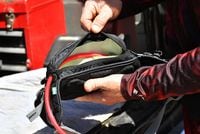
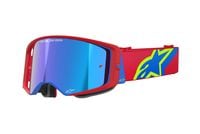
/cloudfront-us-east-1.images.arcpublishing.com/octane/U5JKTHYN5NFURLXWVDFBSEEBEU.jpg)
/cloudfront-us-east-1.images.arcpublishing.com/octane/3QXN46V5QBGHRDGXVPSLLKOOMQ.jpg)
/cloudfront-us-east-1.images.arcpublishing.com/octane/RAHLPEXYAFHPBPG3QJAVVXK2PI.jpg)
/cloudfront-us-east-1.images.arcpublishing.com/octane/BOSKQ52CUVATRJRO2G7JVKLEAY.jpg)
/cloudfront-us-east-1.images.arcpublishing.com/octane/KCDPY6WBRZB7HDGX54VNFJ4L4E.jpg)
/cloudfront-us-east-1.images.arcpublishing.com/octane/LKLLI5YI5NEI7HJD4OX7MDMNHA.jpg)
/cloudfront-us-east-1.images.arcpublishing.com/octane/IQIVONI5OJEO5NFUKF76SCRKOA.jpg)
/cloudfront-us-east-1.images.arcpublishing.com/octane/LCQC55JJEBHPRKOFVTZS76E3ZA.jpg)
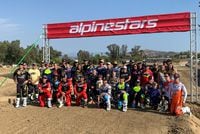
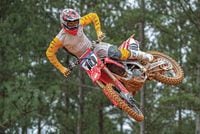
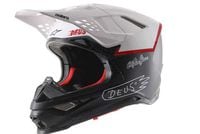
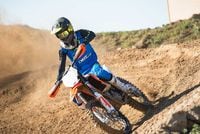
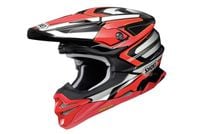
/cloudfront-us-east-1.images.arcpublishing.com/octane/RERKQ3N5RVA4TAZN2QAKLDFB54.jpg)
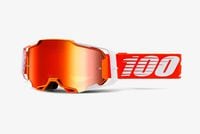
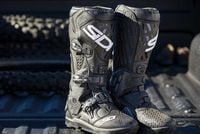
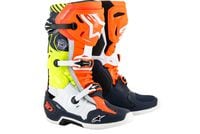
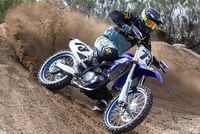
/cloudfront-us-east-1.images.arcpublishing.com/octane/WMSLD4OE3JWQPO6WW5MHGUHFVY.jpg)
/cloudfront-us-east-1.images.arcpublishing.com/octane/XJBN3NUK6QTC4JEIJPEM4VKQI4.jpg)
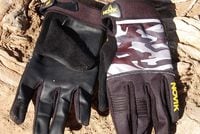
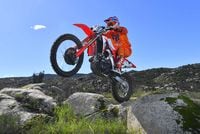
/cloudfront-us-east-1.images.arcpublishing.com/octane/DQBMZZGOVICEHX5PIHDMVCYGLI.jpg)
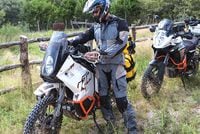
/cloudfront-us-east-1.images.arcpublishing.com/octane/R2M7BNI36LXMBEIMLJ47DA4HRA.jpg)